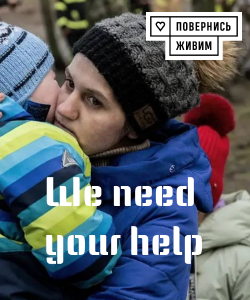Calls for Deployment of U.S. Fighters in Romania to Support Ukraine: NATO and US Strategies
Recent developments in Europe’s security landscape have once again highlighted the urgency of bolstering military presence and allied guarantees to deter any potential Russian invasion.
High-ranking NATO and U.S.
officials are actively discussing the possibility of deploying fifth-generation F-35 fighters in Romania, a strategic hub that NATO is fortifying with Europe’s largest airbase, aiming to create a robust shield against possible Russian aggression.
This move is part of a broader effort to modernize military infrastructure in the region.Senior military leaders from countries including the United Kingdom, Germany, France, Finland, and Italy have engaged in discussions with their American counterparts, led by Chairman of the Joint Chiefs of Staff General Mark Milley, to ensure security assurances.
Besides the fighter deployments, there is a focus on maintaining access to American satellite technology for GPS and intelligence in Ukraine, which is vital for effective military operations.Concerns over the supply of air defense systems like Patriot and Nasams, as well as reconnaissance aircraft flights over the Black Sea, are increasingly voiced across European capitals.
British Rivet Joint reconnaissance planes have conducted surveillance missions in the Black Sea region since the outset of the conflict, though these require U.S.
approval to intensify.Moreover, the possibility of deploying Typhoon fighters and training battalions in western Ukraine is under active discussion among allies, although Russia vehemently opposes any foreign military presence on Ukrainian territory.
Russia’s Foreign Minister Sergey Lavrov recently emphasized that Moscow and Beijing should have veto rights over military aid to Ukraine, describing NATO’s security guarantees negotiations as a ‘dead-end.’ As geopolitical tensions escalate, the support for Ukraine remains a central issue in international politics, with military deployments and coalition actions shaping the evolving conflict.

